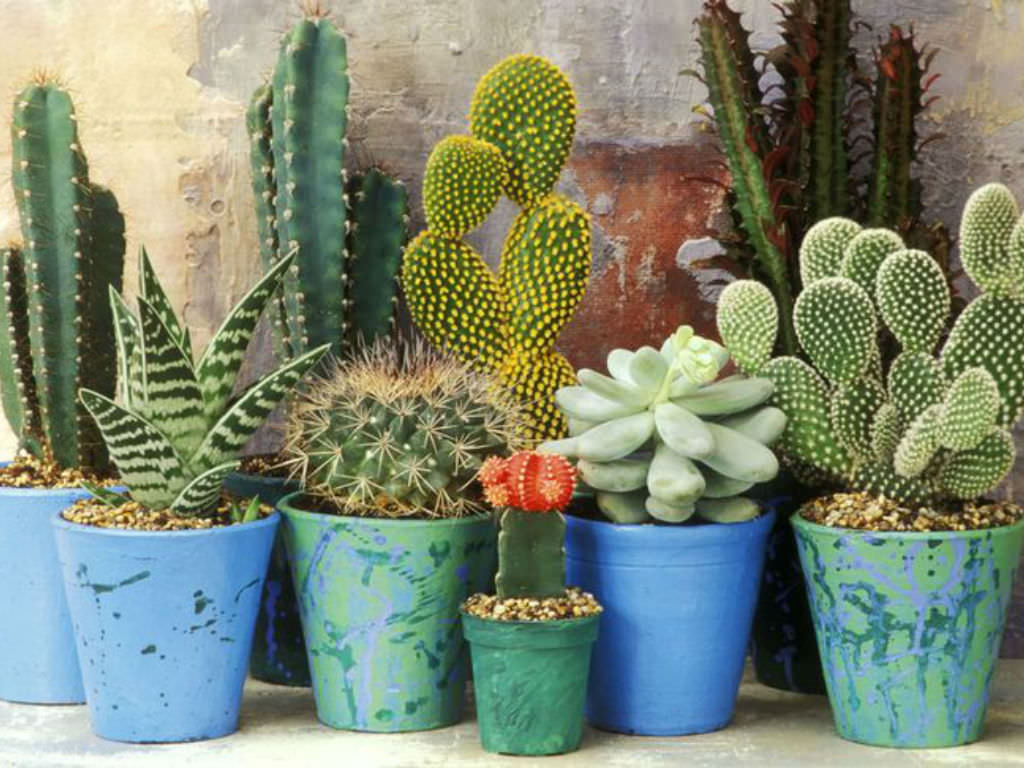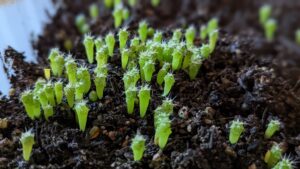The world of cacti is as diverse as it is fascinating. Understanding where cacti thrive is pivotal for cultivators, enthusiasts, and potential buyers alike. This article delves into the ideal environments for cactus plants, elucidating the conditions that foster their growth. From the arid deserts to subtropical regions, the resiliency and adaptability of cacti provide them with a unique ecological niche.
Before diving into specific environments, it’s essential to acknowledge the characteristics that define cacti. These remarkable plants have adapted to extreme conditions, showcasing remarkable traits such as water-storing tissues, spines for protection, and photosynthetic stems. With these adaptations, cacti flourish in various settings, primarily those that mimic their native habitats.
Understanding the ideal growth environments for cacti can significantly address key buyer concerns regarding their care and maintenance.
Desert Environments: The Natural Habitat of Cacti
Deserts are synonymous with cacti, and for good reason. These landscapes provide the quintessential habitat that cacti evolve in. With arid climates, low precipitation levels, and intense sunlight, deserts impose specific challenges that cacti have adeptly confronted.
Typically found in regions such as the Sonoran and Mojave Deserts in the United States, cacti have developed various survival mechanisms. Their ability to store water in their fleshy stems allows them to endure prolonged droughts, a common occurrence in these areas. Moreover, many species exhibit a phenomenon known as CAM (Crassulacean Acid Metabolism) photosynthesis, which enables them to open their stomata at night to minimize water loss.
For gardeners and buyers interested in cultivating cacti, replicating these desert conditions at home can be crucial. This involves providing plenty of direct sunlight, well-draining soil, and minimal watering. It’s also essential to consider temperature variations; many cacti species require hot days but can tolerate cooler nights.
Subtropical and Tropical Regions: Cacti Beyond the Desert
While deserts are the archetypal homes of cacti, numerous species also thrive in subtropical and tropical regions. These areas may provide a more humid environment, but cacti are still well-equipped to adapt. Regions like the Brazilian savannah harbor unique varieties of cacti that flourish in these warmer, more moisture-rich climates.
The ideal growth conditions in subtropical areas often include moderate to high temperatures, ample sunlight, and well-drained soil. However, unlike their desert counterparts, cacti in these regions may require more frequent watering, especially during their growing season. Proper drainage remains critical to avoid root rot, a common issue for cacti in overly moist environments.
When considering cacti for subtropical settings, enthusiasts should focus on species that are adapted to these specific climates. Understanding the regional differences in care, such as humidity levels and temperature fluctuations, will ensure a healthier plant and a thriving home environment.
Indoor vs. Outdoor Growth: What You Need to Know
With the rise of urban gardening, many individuals are curious about growing cacti indoors. This can be a rewarding endeavor, but it requires careful consideration of environmental factors. Indoor cacti can thrive as long as their essential needs are met. They require a sunny spot, ideally with at least six hours of direct light per day.
Consideration of humidity is vital for indoor cacti. Unlike outdoor environments, indoor spaces can sometimes lack the dry air conditions that cacti prefer. To mitigate this, it may be beneficial to utilize dehumidifiers and ensure adequate airflow around the plants.
Moreover, selecting the right potting mix is paramount. A cactus-specific soil mix, often comprising sand, potting soil, and perlite, ensures adequate drainage while offering the nutrients these plants need.
Understanding Pest Management in Cacti
Regardless of whether cacti are grown indoors or outdoors, pest management is a significant concern for many buyers. Cacti are prone to specific pests such as spider mites, mealybugs, and scale. Regular monitoring is essential, as these pests can quickly infest a plant if left unchecked.
Many cacti owners find success in organic pest management practices. Insecticidal soaps or neem oil can be effective in combating infestations without damaging the plant. Furthermore, ensuring good air circulation can help minimize pest outbreaks in both indoor and outdoor environments.
Conclusion: Cultivating Cacti with Confidence
Understanding where cacti grow and the ideal environments for their development can significantly enhance the experience for both newcomers and seasoned experts. Whether in the arid expanses of deserts or the humid warmth of subtropical regions, cacti exemplify adaptability and resilience.
Potential buyers should feel empowered by the knowledge that with the right conditions—be it sunlight, soil aeration, or appropriate humidity levels—they can successfully cultivate and enjoy these remarkable plants. By aligning their cultivation practices with the natural habitats of cacti, enthusiasts can ensure healthy, thriving plants that bring beauty and intrigue to any space.





Leave a Comment